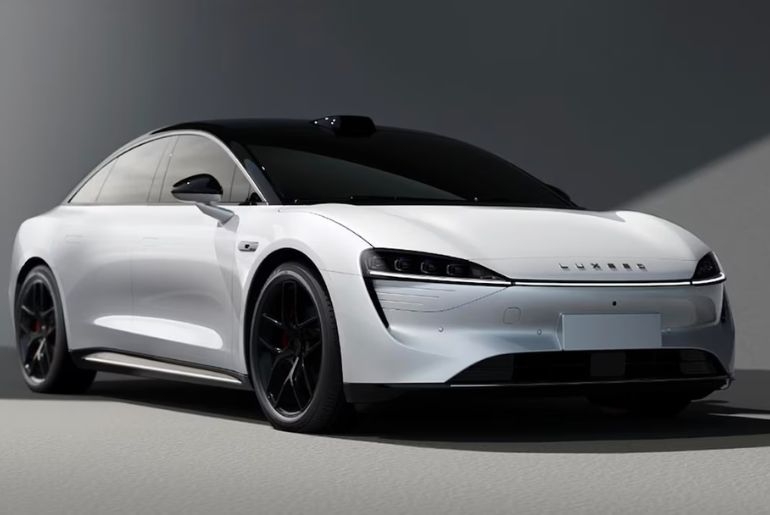Huawei and Chery’s electric vehicle (EV) joint venture, Luxeed, has announced a substantial investment of 10 billion yuan (approximately $1.4 billion USD) to accelerate product development and manufacturing capacity in China.
The announcement comes as Luxeed, launched less than a year ago, aims to scale its presence in China’s competitive EV market. The funding will be allocated to developing new models and improving the supply chain, according to a company statement released on Wednesday.
Luxeed is jointly managed by Huawei and Chery, with Chery holding a 60% stake in the venture. The investment reflects growing ambitions from both companies to position Luxeed as a major player in the intelligent EV segment, integrating Huawei’s advanced ICT capabilities with Chery’s automotive manufacturing expertise.
Huawei emphasised that its role remains focused on supplying smart vehicle solutions and technology infrastructure, not car manufacturing itself. The tech giant has been pushing into the automotive sector through strategic partnerships, capitalising on its software, AI, and intelligent driving systems.
The Luxeed S7 sedan, the joint venture’s debut model unveiled last year, has reportedly garnered strong interest for its design and autonomous features. More models are expected to follow, leveraging Huawei’s HarmonyOS-based vehicle platform.
This move comes amid heightened competition in China’s EV industry, where domestic giants like BYD and foreign automakers including Tesla are locked in a race to gain market share. Luxeed’s new funding injection signals its intent to challenge established players with an integrated tech-driven approach.
Huawei and Chery’s commitment to expanding Luxeed aligns with Beijing’s broader push for high-tech innovation and EV leadership, as the country aims to reach carbon neutrality goals and global competitiveness in electric mobility.
No timeline was provided for when the new funds would be deployed, but executives noted the expansion would include talent recruitment, R&D centres, and potentially new assembly lines.

